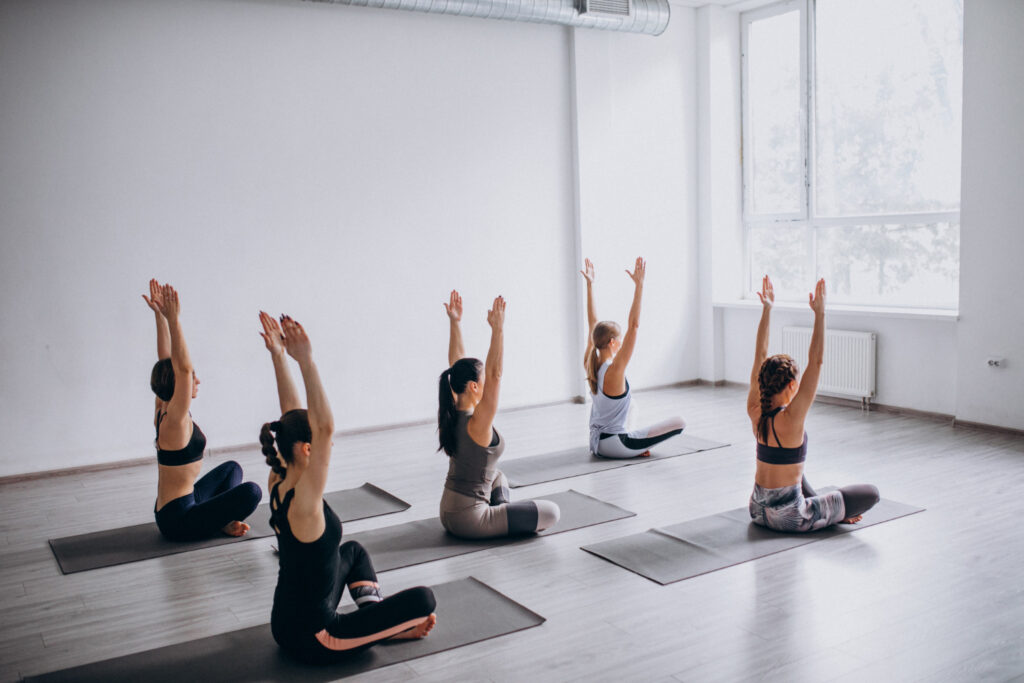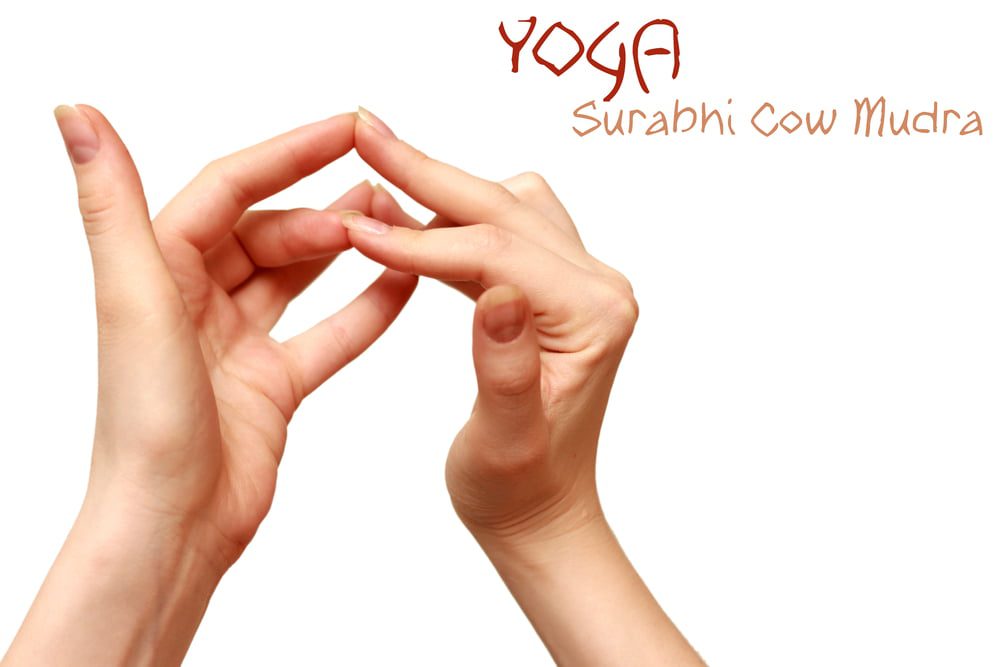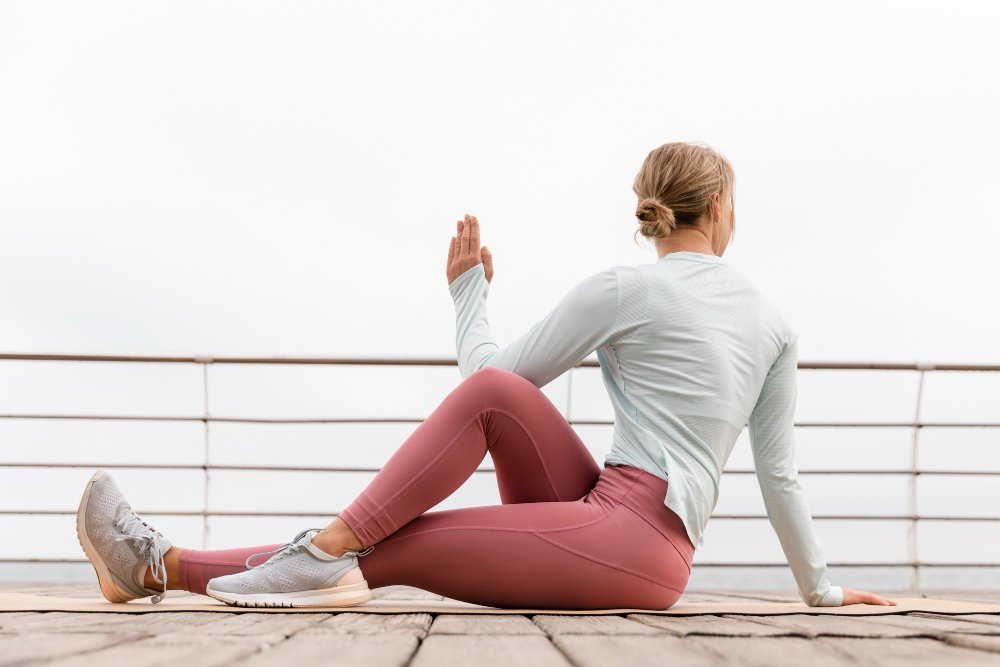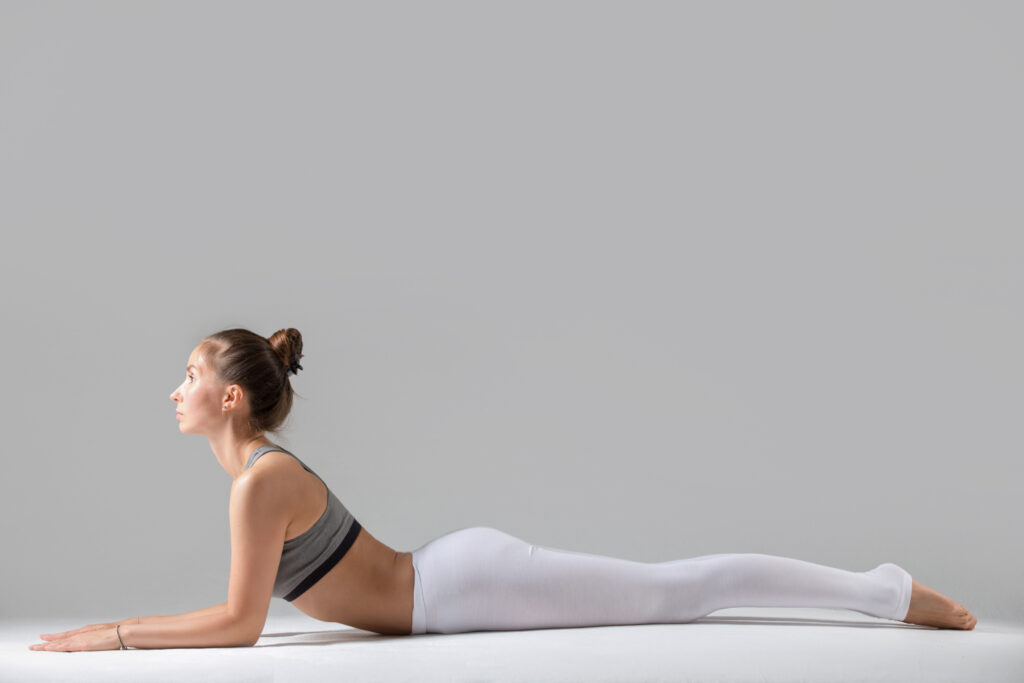Cupping therapy, an ancient healing practice, has gained popularity in recent years for its numerous health benefits. This non-invasive technique involves placing cups on the skin to create suction, promoting blood flow and relieving muscle tension. While traditionally performed by trained professionals, it is now possible to do cupping therapy in the comfort of your own home. In this guide, we will explore the steps and tools necessary to effectively and safely perform cupping therapy at home, allowing you to experience the rejuvenating effects of this therapeutic practice. Whether you are seeking relief from muscle pain, improved circulation, or simply want to enhance your overall well-being, learning how to do cupping therapy at home can be a valuable addition to your self-care routine.
Benefits of Cupping Therapy at Home.
1. Convenience.
One of the most significant advantages of practicing cupping therapy at home is the convenience it offers. Individuals can perform the therapy at any time that suits their schedule without having to visit a professional therapist. This eliminates the need to book appointments or travel to a clinic, making it a time-saving option for those with busy lifestyles.
2. Cost-effective.
Another benefit of practicing cupping therapy at home is the cost-effectiveness it provides. By investing in a cupping set, individuals can save money in the long run as they no longer need to pay for professional therapy sessions. This makes it a more affordable option for those who wish to incorporate cupping into their regular wellness routine.
3. Personalization.
Home cupping therapy allows individuals to personalize their treatment according to their specific needs. They can choose the type of cups, the level of suction, and the duration of the therapy. This flexibility enables individuals to target specific areas of their body, address particular ailments, and adjust the therapy to their comfort level.
4. Privacy.
For individuals who may feel uncomfortable receiving cupping therapy in a public setting, practicing it at home provides a sense of privacy. This allows them to relax and fully immerse themselves in the therapy without any concerns about judgment or scrutiny from others.
5. Continuity.
Regularity is crucial for maximizing the benefits of cupping therapy. By practicing it at home, individuals can ensure continuity in their treatment. They have the freedom to incorporate cupping therapy into their daily or weekly routine, which can lead to better overall results and a more consistent healing process.
6. Bonding.
Cupping therapy at home can also create an opportunity for bonding within families or among friends. Couples, for instance, can engage in cupping therapy together, creating a shared experience that promotes relaxation, well-being, and a deeper connection.
7. Empowerment.
Practicing cupping therapy at home empowers individuals to take control of their own health and well-being. By learning the techniques, understanding their body’s responses, and adjusting the therapy accordingly, individuals can actively participate in their own healing journey. This sense of empowerment can enhance self-awareness and foster a proactive approach to personal wellness.
| 💡 Tips FitMeMore.com The benefits of cupping therapy at home include convenience, cost-effectiveness, personalization, privacy, continuity, bonding, and empowerment. However, it is important to note that while cupping therapy can provide numerous advantages, individuals should always seek guidance from a trained professional to ensure safety and optimal results. |
Side Effects of Cupping Therapy at Home.
Cupping therapy is commonly performed by professional therapists in clinics or spas, many individuals have started to experiment with cupping therapy at home. However, it is important to be aware of the potential side effects that may arise from this self-administered treatment.
1. Skin Discoloration and Bruising.
One of the most common side effects of cupping therapy is the appearance of skin discoloration and bruising. This occurs due to the suction created by the cups, which can cause blood vessels to rupture and result in small, circular marks on the skin. Although these marks may be temporary and typically disappear within a few days to a couple of weeks, they can be unsightly and may make individuals self-conscious.
2. Pain and Sensitivity.
Cupping therapy involves the application of negative pressure on the skin, which can sometimes lead to pain and discomfort during the treatment. If the suction is too strong or the cups are left in place for too long, it can cause sensitivity or even mild pain. This discomfort may persist for a short period after the therapy session, but it usually subsides without any long-term effects.
3. Burns and Skin Irritation.
Cupping therapy often utilizes heat or fire to create the necessary suction for the cups. While this technique can be effective when performed by experienced professionals, attempting it at home without proper knowledge and caution can lead to accidental burns or skin irritation. Inexperienced individuals may inadvertently expose their skin to excessive heat, which can result in blisters, redness, or even second-degree burns.
4. Infections and Contamination.
Maintaining proper hygiene is crucial when practicing cupping therapy at home. Failing to sterilize the cups or neglecting to clean the skin before treatment can increase the risk of infections. Bacteria or microorganisms can enter through the broken skin, leading to localized infections such as cellulitis or abscesses. It is important to ensure that all equipment is properly cleaned, and the skin is sanitized before and after each session to minimize the risk of contamination.
5. Allergic Reactions.
Cupping therapy often involves the use of oils, lotions, or herbal preparations to enhance the treatment’s effectiveness. However, individuals may be allergic to certain substances found in these products, leading to allergic reactions such as itching, rash, or hives. It is essential to carefully read the ingredients of any products used during cupping therapy and perform a patch test before applying them to larger areas of the body.
| 💡 Tips FitMeMore.com While cupping therapy can offer various benefits, it is crucial to be aware of the potential side effects when attempting this treatment at home. Skin discoloration, bruising, pain, burns, infections, and allergic reactions are among the risks associated with self-administered cupping therapy. Seeking guidance from a trained professional or consulting a healthcare provider before trying cupping therapy at home can help minimize these risks and ensure a safe and effective experience. |
How to Do Cupping Therapy at Home?
Here’s a step-by-step guide on how to safely and effectively perform cupping therapy in the comfort of your own home:
1. Gather the necessary supplies: To perform cupping therapy at home, you will need a set of specialized cups. These cups are typically made of glass, silicone, or plastic. You can easily find them online or at your local health store. Additionally, you may want to have some massage oil or lotion on hand for easier cup placement and removal.
2. Prepare the area: Before you begin, ensure that the area you plan to cup is clean and dry. It’s essential to choose a body part with enough flesh to create a proper seal with the cups. Common areas include the back, shoulders, thighs, and calves. Avoid cupping over bony areas or areas with open wounds, rashes, or sunburns.
3. Apply oil or lotion: To allow the cups to glide smoothly over the skin, apply a thin layer of oil or lotion to the chosen area. This step is particularly important if you are using silicone or plastic cups, as they require lubrication for proper suction.
4. Create suction: There are different methods to create suction, depending on the type of cups you have. For glass cups, you can use heat to create a vacuum effect. Hold a cotton ball soaked in rubbing alcohol with a pair of tweezers, light it up, and quickly place it inside the cup. Then, immediately place the cup upside down onto the skin. For silicone or plastic cups, you can squeeze them and place them directly on the skin. Make sure the cups create a tight seal and stay in place.
5. Leave the cups in place: Leave the cups on the skin for about 5 to 15 minutes. Start with shorter durations for your first few sessions to see how your body responds. As the cups create suction, you may feel a mild pulling or tight sensation, which is normal. If the sensation becomes painful or uncomfortable, remove the cups immediately.
6. Move the cups (optional): If you prefer a massage-like experience, you can gently move the cups across the skin while maintaining suction. This technique is called “sliding cupping” and can help release muscle tension and promote better blood circulation. Ensure the cups remain firmly attached to the skin during this process.
7. Remove the cups: To remove the cups, simply release the pressure by pressing down on the skin near the edge of the cup. This will break the seal and allow you to lift the cups off gently. Avoid pulling or yanking the cups, as it may cause skin irritation or bruising.
8. Post-treatment care: After cupping therapy, it’s common to see circular marks or bruises on the skin. These marks typically fade within a few days but can be covered with clothing or makeup if desired. Apply a soothing lotion or oil to moisturize the skin and help alleviate any potential discomfort.
| 💡 Tips FitMeMore.com Remember, cupping therapy is not suitable for everyone, so it’s essential to consult with a healthcare professional before trying it at home. If you have any underlying health conditions or are pregnant, it’s especially crucial to seek guidance from a medical expert. |
Frequently Asked Questions.
It is generally not recommended to do cupping at home without proper training and guidance from a professional.
It is not recommended to do cupping therapy every day, as it can cause skin irritation or bruising. It is best to consult with a professional and follow their recommendations for frequency and duration of cupping sessions.
Bottom Line.
Cupping therapy is a popular alternative treatment that can be easily done at home with the right equipment and guidance. While it is important to consult with a healthcare professional before attempting cupping therapy, the benefits of this ancient practice are well-documented. By following the steps outlined in this guide, individuals can experience relief from pain, improved circulation, and relaxation in the comfort of their own homes. However, it is crucial to note that cupping therapy may not be suitable for everyone, and it is always recommended to seek professional advice when trying any new treatment. Overall, with proper precautions and knowledge, cupping therapy can be a safe and effective way to promote wellness and balance in one’s life.
How we reviewed this article:
Our team of experts is always monitoring the health and wellness field, ensuring that our articles are updated promptly as new information emerges. See Our Editorial Process
May 13, 2025
Written By: Sharon LeBow
Reviewed By: Katy Insley
Written By: Sharon LeBow
Reviewed By: Katy Insley

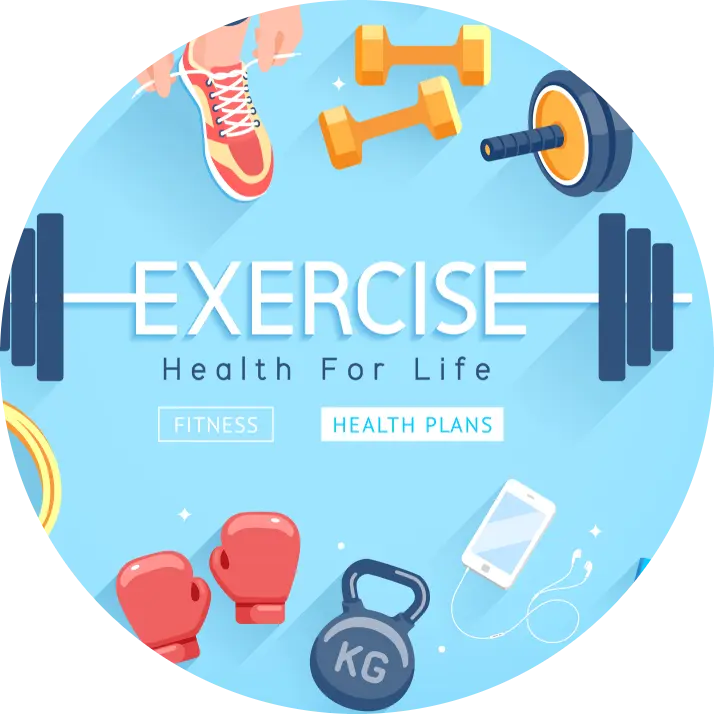 Workout
Workout
 Meditation
Meditation





 Contact Us
Contact Us




